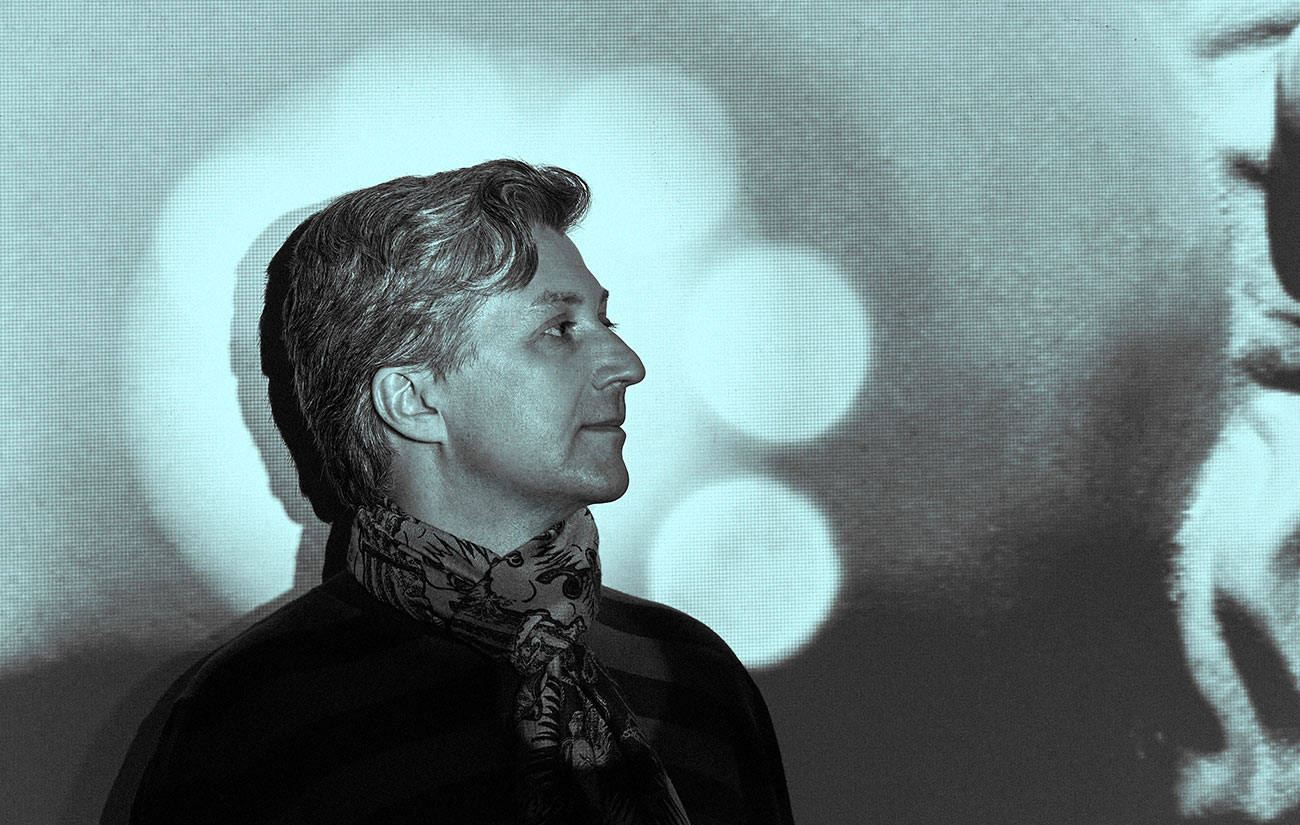


What is public art? Which artworks in this genre inspire you?
It is art that reflects on important social and aesthetical aspects of modernity, is placed in a public setting, and expresses its ideas with the relevant means. I like a multitude of different things, sometimes these things are in direct opposition to one another, ranging from massive projects supported by city authorities (for example, the Elíasson Waterfalls in New York City) to indie interventions into urban environments by street artists. In the last decade, media screens and billboards are actively being used for public art. This is a development that is of interest to me personally.
What qualities must art created for public spaces possess?
Art created for public spaces must create attractors within the urban environments, zones of aesthetical and intellectual comfort. This allows people to feel that they are not strangers in an indifferent city, that this is their city.
When did you first begin considering working on a public art project?
2002. I envisioned a statue of Schwarzenegger as the Terminator in Graz. The provocation was successful. Arnold himself sent us a letter, noting that the money would have been better spent for the Paralympic Games. We answered that we were budgeted for a cultural event, not a sports event. The question was dropped. It should be noted that we had a pretty meager budget to work with. I still have that letter. Do you want to see it?
In 2009, when Anton Kochurkin offered me the chance to make a project for ArchStoyanie, we placed an airplane flight information board in a forest. The board displayed information on the departures and arrivals at a certain airport in real-time, with all the relevant sound announcements and updates. The piece, placed in a forest setting, was truly weird.
Tell us a few words about the piece you created for the Red Garden exhibition.
The head of Alexander of Macedonia served as the initial image behind the Big Head from Ancient Times. All features were removed from the face and replaced with a startup icon – one of the chief symbols of modernity. The combination of classic aesthetics and the aesthetics of the society of communication technologies established a new context for monuments from the past and makes us think about the future of the monuments being installed in the present. Just how appropriate are the latter? What fate will they meet in 10-20-50 years?
The lack of facial features and the constantly rotating startup icon mark the ever-present sense of hollowness. The monument should be at the center of the viewers’ attention. Yet every viewer desires to see something different, more personal in its place. That is why monuments provoke such heated debates. The existence of a symbolically void place where each of us sees the desired image serves to unite and reconcile people. At least, that is my opinion.
What are the main qualities of a truly contemporary artist, in your opinion?
In 1991, when I was doing my first solo exhibition at the On Kashirskaya Gallery. At that time the latter was a rather respected gallery that hosted serious artists, including Francisco Infante-Arana. Before that, I never had solo exhibitions. That was the first exhibition that I organized all by myself. The music group Polite Refusal played at the opening, and everything turned out great. Naturally, I felt myself on top of the world.
What themes or ideas are especially important for you in art?
Most importantly, the theme of progress and the influence of technologies on society and aesthetics. It is my firm belief that new aesthetics forms exclusively from technologies that are quite numerous. The combined influence of various new technologies gives birth to new aesthetics.
What feedback on your artworks are you expecting?
A like! What could be more valuable? Probably a repost!
Of course, it is important to me that my works are not piled in the back but are constantly circulating in exhibition spaces. During the exhibition at MAMM, every day I received several stories and posts where I was tagged by users and which included selfies with my works as the background. I enjoy this tremendously. All this is proof that people like my work. Word-of-mouth is truly priceless.
Is there a certain location where you would want to install your public art piece?
London, the empty fourth plinth on Trafalgar Square. The plinth is used for temporary public art projects.


